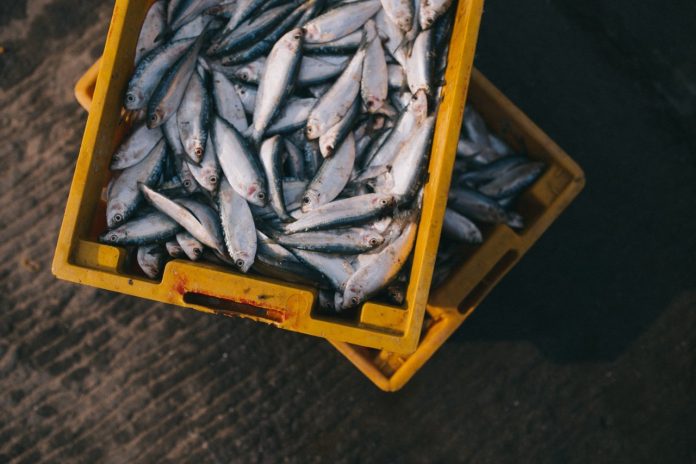Sustainable and ethical consumer choices are rising in popularity in America, with 77% of us claiming that sustainability is a factor when purchasing goods. Seafood is something you want to ensure that you purchase from a sustainable and, if possible, ethical company. It increases the likelihood that you’re buying a healthier fish and that your purchase goes a long way towards helping the environment and those who work for the company providing the seafood. You may have to look for indicators of sustainable practices and here are four of the key things you can do to ensure you buy sustainable, healthy seafood.
Check For Certifications
Certifications such as the Marine Stewardship Council are hard to earn and therefore trusted. Look for clear markings such as the MSC’s logo, but don’t necessarily be deterred from brands that may not have it. There are other great ways to figure out if what you’re getting is what you’re aiming for.
Look Up The Company
We live in a world where access to information is right in your pocket, so why not use it? When it comes to seafood, companies that have sustainable practices put it at the forefront of their branding materials. This includes websites, infographics and even recipes.
For example, Regal Springs prides itself on farming healthy Tilapia in not only a sustainable manner, but an ethical one too. A quick Google search of any brand name should bring up facts on their fishing and/or fish farming practices. If a company doesn’t discuss it at all, that’s probably a sign that they don’t have sustainable practices.
Know Where The Fish Is From
Monterey Bay Aquarium has a guide on where sustainable fish comes from depending on the state you’re shopping in. In the United States, seafood is normally labeled with the country it comes from. While it can be tough to judge simply off of the origin of the fish, the guide can help you make choices when it’s impossible to tell on your own. For example, Tilapia from Honduras is likely to be far more sustainable than Tilapia from China.
Look At The Nutrition Facts
Sustainable and ethically harvested fish are normally exposed to less chemicals and taken care of better. These practices normally lead to a healthier fish. By comparing nutritional values, you can tell whether the seafood has been well taken care of or if it was simply produced to fill the growing demand. This applies mainly to fish that has been farmed, rather than those caught in the wild. When getting seafood, healthy choices should be your priority already, so this should be second nature when picking the best seafood.
Experts may be able to look at a fish and tell you whether it’s sustainable or not, but the everyday consumer isn’t trained in the art of detection. These four tips may not be foolproof, but when buying seafood it’s important to look for signs that indicate that what you’re buying is sustainable.
Photo: Nguyễn Linh






